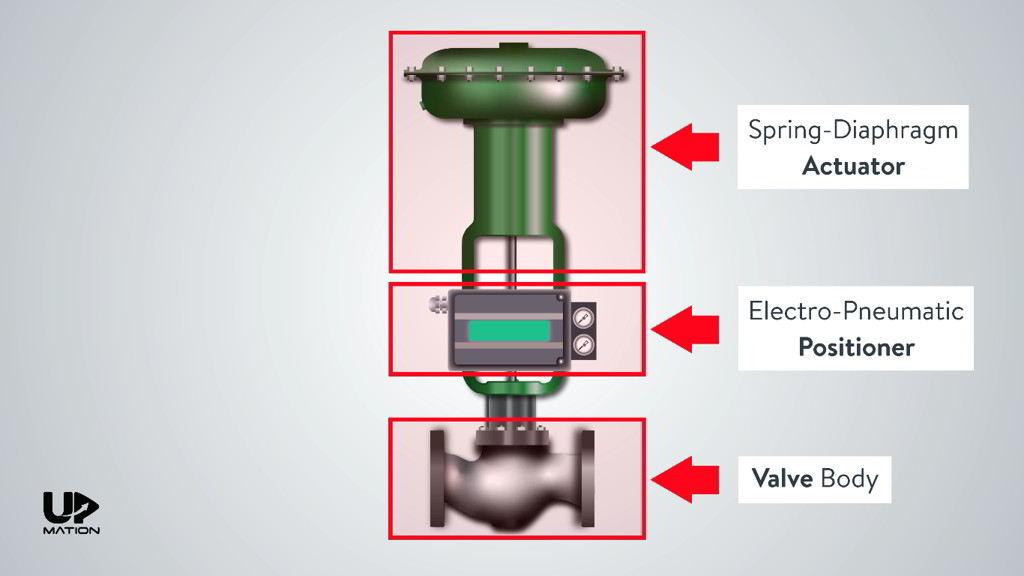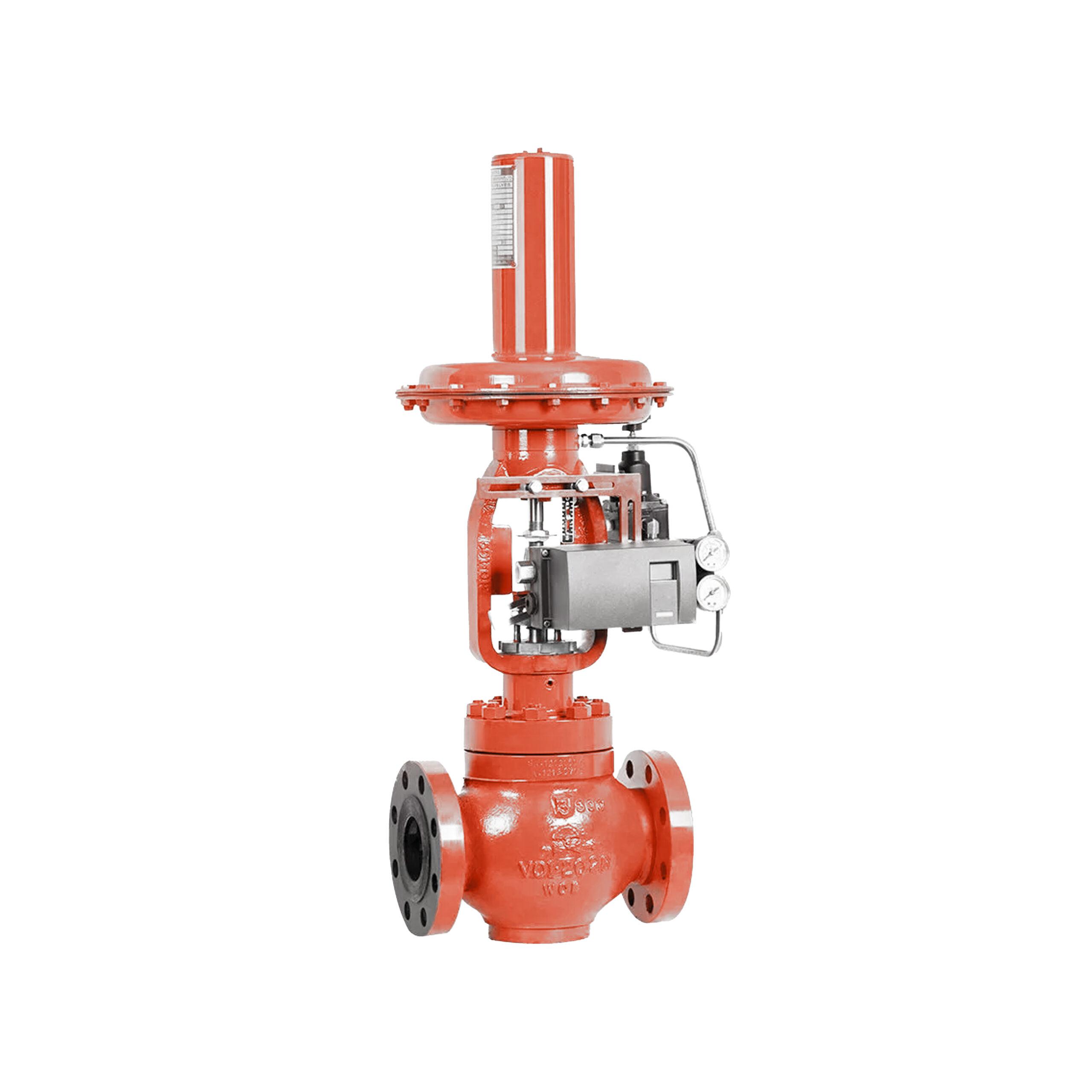Picking the Right Control Valves: An Overview to Optimum System Efficiency
Picking the Right Control Valves: An Overview to Optimum System Efficiency
Blog Article

Maximize Energy Savings and Comfort With Advanced Structure Automation Controls
In the world of modern style and center monitoring, the integration of sophisticated structure automation regulates stands as an essential development. By taking advantage of the power of automation, structures can adapt, respond, and advance in methods that were when unimaginable.
Energy Effectiveness Advantages
Power performance benefits can substantially reduce power intake and functional prices in structures. By carrying out energy-efficient practices and innovations, building owners and operators can accomplish substantial cost savings while likewise adding to ecological sustainability. Among the main benefits of boosting power performance in structures is the decrease of utility bills. Energy-efficient systems, such as advanced building automation controls, can maximize the use of sources like cooling, lighting, and home heating, leading to lower energy costs with time.
In addition, enhanced energy performance can extend the lifespan of structure equipment and systems. By operating extra effectively, a/c systems, lighting fixtures, and various other building components experience much less deterioration, resulting in decreased maintenance and substitute costs. Furthermore, energy-efficient buildings commonly regulate higher residential or commercial property worths and rental rates, giving long-term economic benefits to owners.
Furthermore, energy effectiveness can enhance owner comfort and productivity. Correctly regulated interior environments with ideal lighting and thermal conditions produce a more favorable and positive work space, bring about improved worker satisfaction and performance. In general, the power effectiveness advantages related to advanced building automation controls are multifaceted, incorporating price savings, environmental stewardship, and passenger wellness.
Boosted Comfort Control
Enhancing convenience control in structure atmospheres needs a sophisticated integration of advanced automation systems for optimal owner wellness. By utilizing advanced structure automation controls, centers can tailor the interior atmosphere to fulfill the details demands and preferences of occupants. control valves.
Boosted comfort control surpasses standard temperature level adjustments. It consists of functions such as tailored setups, occupancy sensing units, and natural light utilization to create a responsive and vibrant environment. By including these advanced controls, structures can not only enhance convenience but likewise improve power efficiency by maximizing system operations based on real occupancy and use patterns. Ultimately, focusing on occupant comfort via sophisticated automation systems leads to a much more enjoyable and healthier interior environment.
Functional Performance Improvements

Additionally, the execution of real-time tracking and analytics tools makes it possible for building drivers to recognize energy ineffectiveness and functional anomalies immediately. By continually checking power usage patterns and system performance metrics, changes can be made in real-time to optimize energy usage and make certain peak operational effectiveness. control valves. Furthermore, including need feedback strategies right into structure automation controls can better enhance operational effectiveness by dynamically changing power use based upon grid problems and pricing signals
Indoor Climate Optimization
Efficient indoor climate optimization is an essential element of building automation controls, making certain occupants' comfort and well-being while making the most of energy cost savings. By using sophisticated sensors and controls, developing automation systems can constantly change and keep an eye on temperature level, moisture degrees, air high quality, and ventilation to create an optimal indoor setting. Keeping constant and comfortable problems not just improves resident fulfillment however also increases productivity and total health.
Indoor climate optimization also plays an important role in power performance. By fine-tuning heating, cooling, and air flow systems based on real-time information and occupancy patterns, constructing automation controls can significantly minimize energy consumption - control valves. For example, executing approaches such as demand-controlled ventilation and thermal zoning can assist minimize power waste while making sure that each area of the structure obtains the needed conditioning.

Sustainable Atmosphere Development
Building automation regulates not just enhance indoor environment conditions for energy performance and owner convenience however likewise lay the foundation for creating a lasting setting with strategic management of resources and systems. By integrating advanced structure automation innovations, such as sensors, actuators, and intelligent software program, centers can readjust and keep an eye on energy use in real-time to lessen waste and decrease their carbon impact. These systems allow predictive upkeep, determining potential concerns before they rise and enhancing equipment efficiency to improve longevity and performance.
Furthermore, lasting atmosphere production expands beyond power management to incorporate water conservation, waste reduction, and interior air high quality renovation. Building automation controls can manage water usage, detect leakages, and guarantee correct waste disposal methods, adding to general sustainability initiatives. official site Furthermore, by keeping why not look here track of and regulating air flow and filtering systems, these technologies improve owner health and wellness and performance while decreasing power consumption connected with heating and cooling procedures.
Verdict
To conclude, progressed structure automation manages deal substantial benefits in terms of energy cost savings, convenience control, functional effectiveness, indoor climate optimization, and creating a lasting setting. By carrying out these controls, buildings can accomplish optimum performance while reducing power consumption and improving owner comfort. It is noticeable that using sophisticated automation innovation is critical in enhancing building performance and developing a much more lasting future.
Power performance benefits can substantially reduce power intake and functional expenses in buildings. In general, the power effectiveness advantages associated with advanced structure automation controls are multifaceted, encompassing expense financial savings, ecological stewardship, and occupant well-being.
Additionally, integrating need reaction methods right into structure automation controls can even more enhance functional performance by dynamically readjusting power usage based on grid problems and prices signals.
Building automation regulates not only optimize interior climate problems for energy efficiency and owner comfort but additionally lay the foundation for developing a lasting environment via strategic monitoring of systems and resources.In final thought, advanced building automation regulates offer substantial benefits in terms of power savings, convenience control, operational effectiveness, interior climate optimization, and developing a sustainable setting.
Report this page